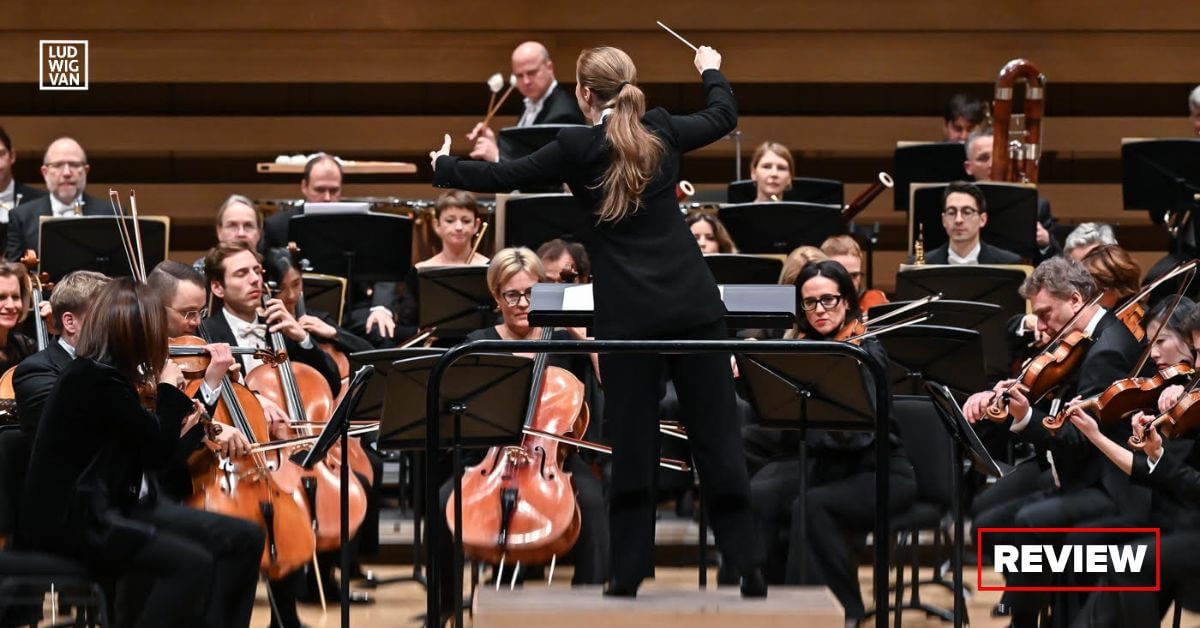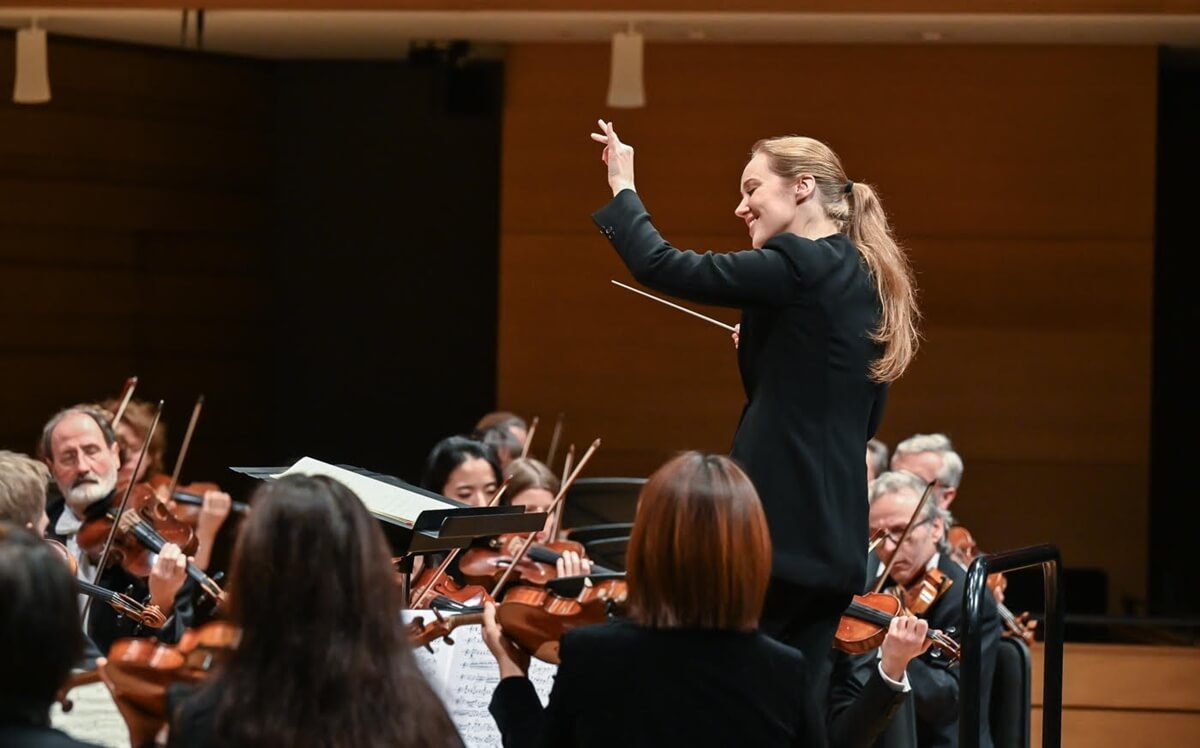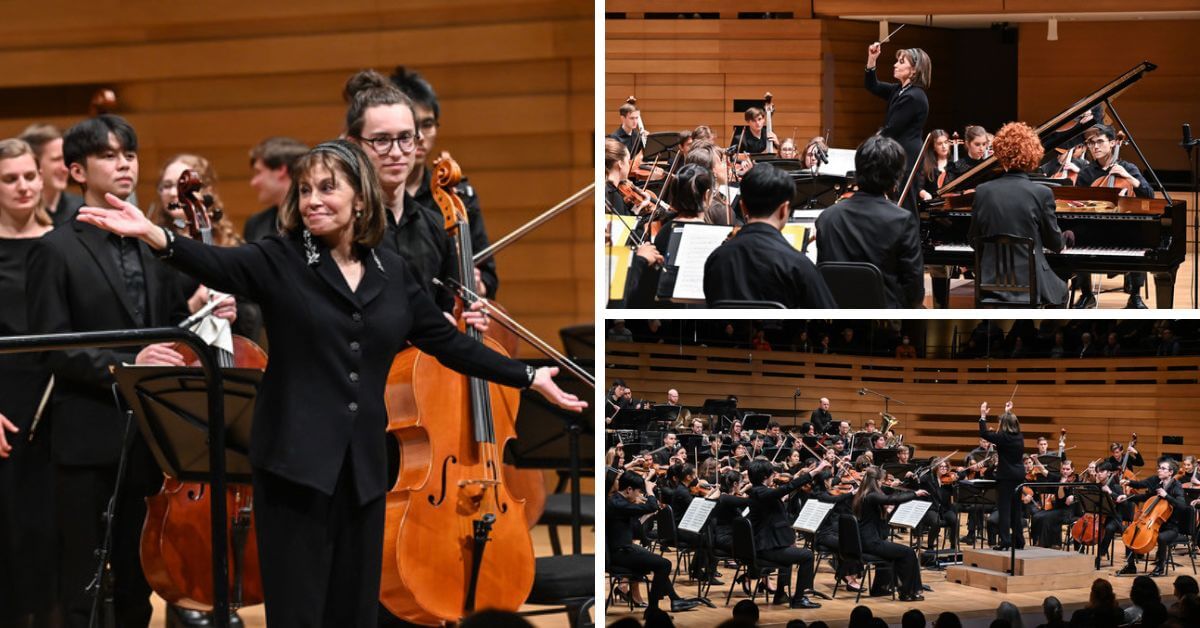
[ad_1]

Staatskapelle Berlin: Brahms – Symphonies; Giedrė Šlekytė, conductor. Saturday Nov. 25 and Sunday Nov. 26 at Koerner Corridor. Offered by the Royal Conservatory of Music.
The Royal Conservatory’s Worldwide Orchestras Sequence received off to a fantastic begin final 12 months with the Chicago Symphony Orchestra and its then music director, Riccardo Muti. There was an honourable continuation over the weekend because the centuries-old Staatskapelle Berlin — on most days the pit band of the Berlin State Opera — began a four-city tour in Koerner Corridor underneath the baton of Giedrė Šlekytė, a Lithuanian up-and-comer who was making her North America debut.
The topic was Brahms, Brahms, Brahms and Brahms — 4 symphonies over two concert events, all carried out with readability, depth and vivid color, although various ranges of private inspiration. Undoubtedly the cycle was knowledgeable to some extent by the priorities of the orchestra’s chief conductor for all times, Daniel Barenboim, who was pressured to cancel his participation for well being causes. Šlekytė however left her imprint.
Typically much less was extra. The quiet opening of the Second Symphony (performed first on Saturday evening) unfolded amiably. A twist of the wrist was all that Šlekytė wanted to understand a delicate change in tone or tempo. This was Allegro non troppo with the emphasis on the final two phrases. Good begin.
The lyrical spirit prolonged to the center actions, significantly the third, its string and wind parts crisply outlined but properly balanced. Shut consideration to phrasing made us conscious of the shadows that inhabit this apparently easy intermezzo. The finale was a platform for the orchestra’s articulatory prowess and a blazing tone at fortissimo. Koerner Corridor is a splendid facility, however not all orchestras adapt immediately to its treble-friendly acoustics.

After the Second got here the First. The fearsome opening seethed because it ought to, but once more I felt higher disposed to the sound of the strings within the gradual motion. Šlekytė animated the introduction to the finale with many seemingly spontaneous rhythmic and dynamic nips and tucks. Horn and flute equipped the pure Alpine imagery. The Berlin musicians — a lot of them younger — know what they’re doing. All of it led to a burnished assertion of the well-known hymn tune.
We had been again the next afternoon to listen to extra of the identical: delicate expression in quiet interludes and a giant, typically edgy, sound at climaxes. The Third began with a hearty fanfare, however Šlekytė discovered character additionally within the grazioso second theme. The Andante sounded bucolic at a fast tempo, with a tremendous clarinet within the lead. The good finale of the Fourth peaked early. As soon as extra I loved the gradual motion greatest, the winds talking lucidly above pizzicato strings.
No matter my preferences for this motion or that, the orchestra equipped a full spectrum of element, a few of it shocking. The Staatskapelle model is to stability relatively than mix. Winds are sometimes outstanding. Is it the perfect texture for Brahms? There may be room for debate. I additionally admit to harbouring some reservations about listening to 4 one-per-evening masterpieces in lower than 24 hours.
Not that the fashionable crowd confirmed any indicators of sharing my qualms. Applause was considerable. And far it was for Šlekytė, 34, an athletic determine who may cool it when crucial. She might be crossing the pond once more.

Royal Conservatory Orchestra: Johannes Brahms: Piano Concerto No. 1; Albert Roussel: Suite No. 2 from Bacchus et Ariane; Paul Hindemith: Symphonic Metamorphosis of Themes by Carl Maria von Weber; JoAnn Falletta, conductor. November 24, 2023 in Mazzoleni Corridor.
On Friday one other ensemble was heard in Koerner Corridor — the Royal Conservatory Orchestra underneath JoAnn Falletta, music director of the so-near-and-yet-so-far Buffalo Philharmonic. There was even some Brahms, the Piano Concerto No. 1, which began life in sketches as a symphony. It retained its symphonic magnitude as performed by Henry From, a scholar of John O’Conor on the Glenn Gould College.
This Vancouver native gives the look of being each well-trained and innately musical. His tone within the first motion was good but under no circumstances glassy. Melodies within the Adagio had been fantastically spun, and the finale charged forward with goal to a heroic conclusion. The dreamy response by the piano to the fugue within the orchestra was one in every of many examples of actual engagement with the rating. A solo encore, Brahms’s beautiful Intermezzo Op. 118 No. 2, confirmed a pure skill to cross-pollinate delicate tone with counterpoint. Along with his nice bush of pink hair and array of nervous habits — he typically wiped his palms on his trousers — From cuts a quaint determine on stage. The taking part in is what counts.
Falletta, an skilled conductor with a gradual model to match, decreed a fast tempo within the first motion. Glenn Gould wouldn’t approve! Roussel’s Bacchus et Ariane Suite No. 2 and Hindemith’s Symphonic Metamorphosis of Themes by Carl Maria von Weber had been additionally heard in disciplined and dedicated performances. There have been boisterous sounds from the brass. Percussion was suitably menacing within the finale of the Hindemith.
Are you seeking to promote an occasion? Have a information tip? Must know the most effective occasions occurring this weekend? Ship us a be aware.
#LUDWIGVAN
Get the each day arts information straight to your inbox.
Join the Ludwig Van Toronto e-Blast! — native classical music and opera information straight to your inbox HERE.
[ad_2]